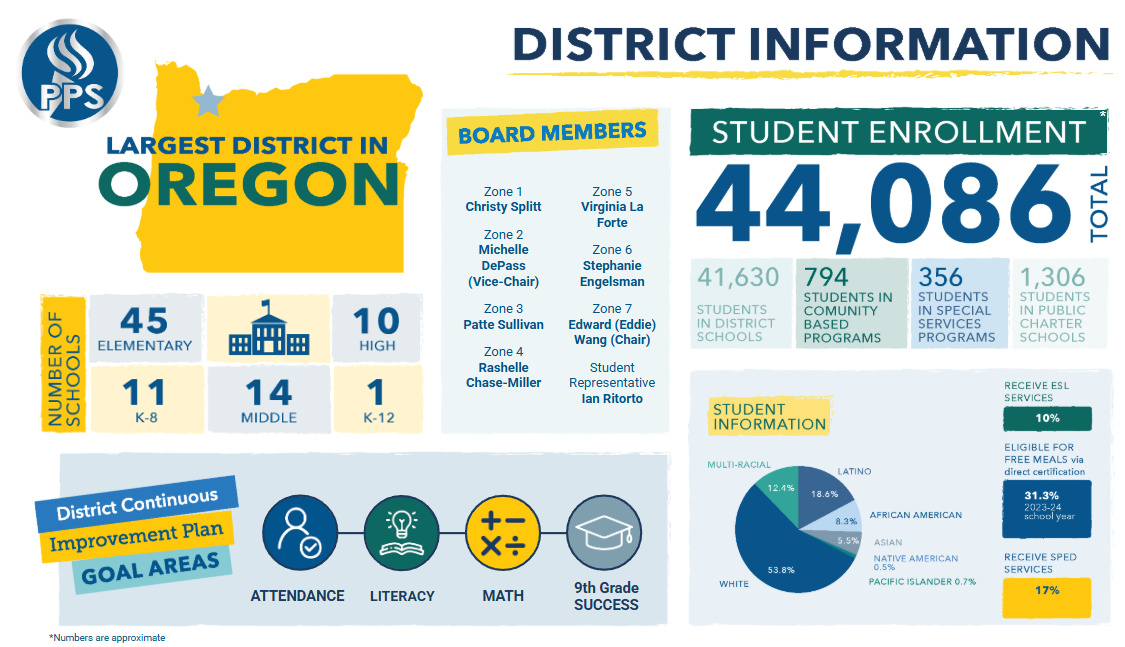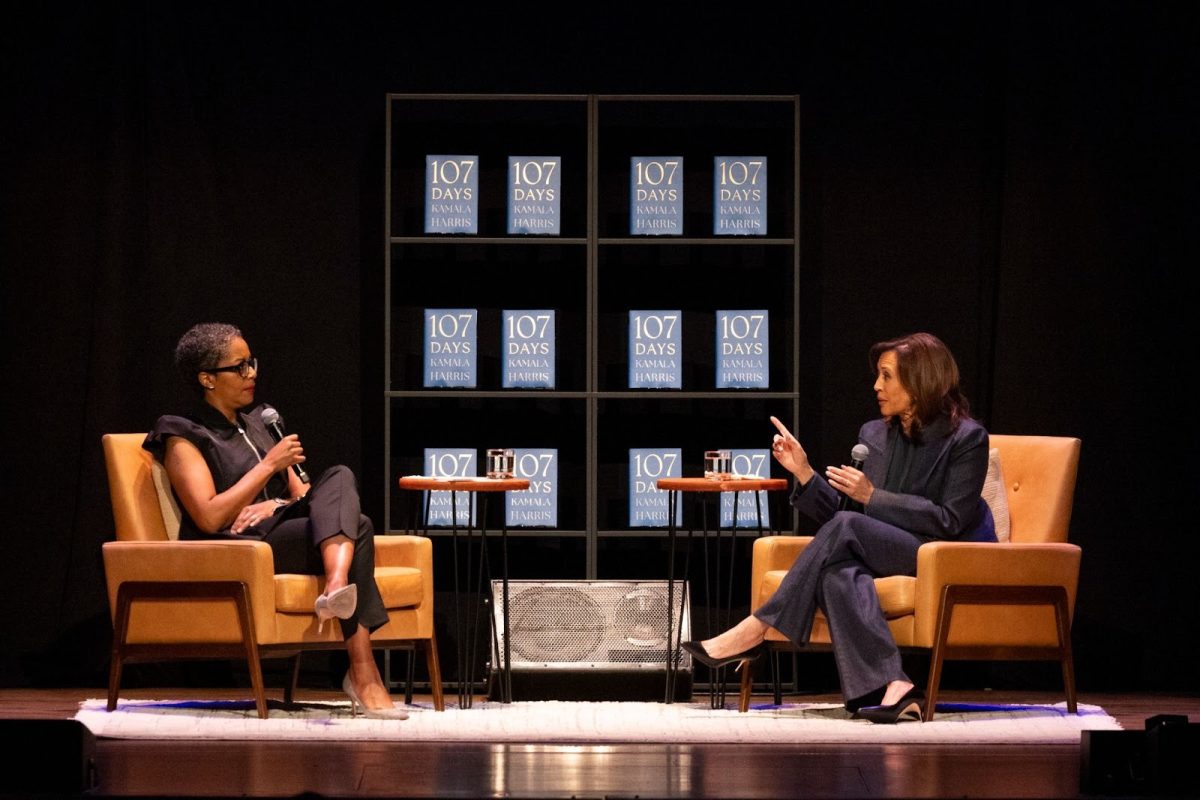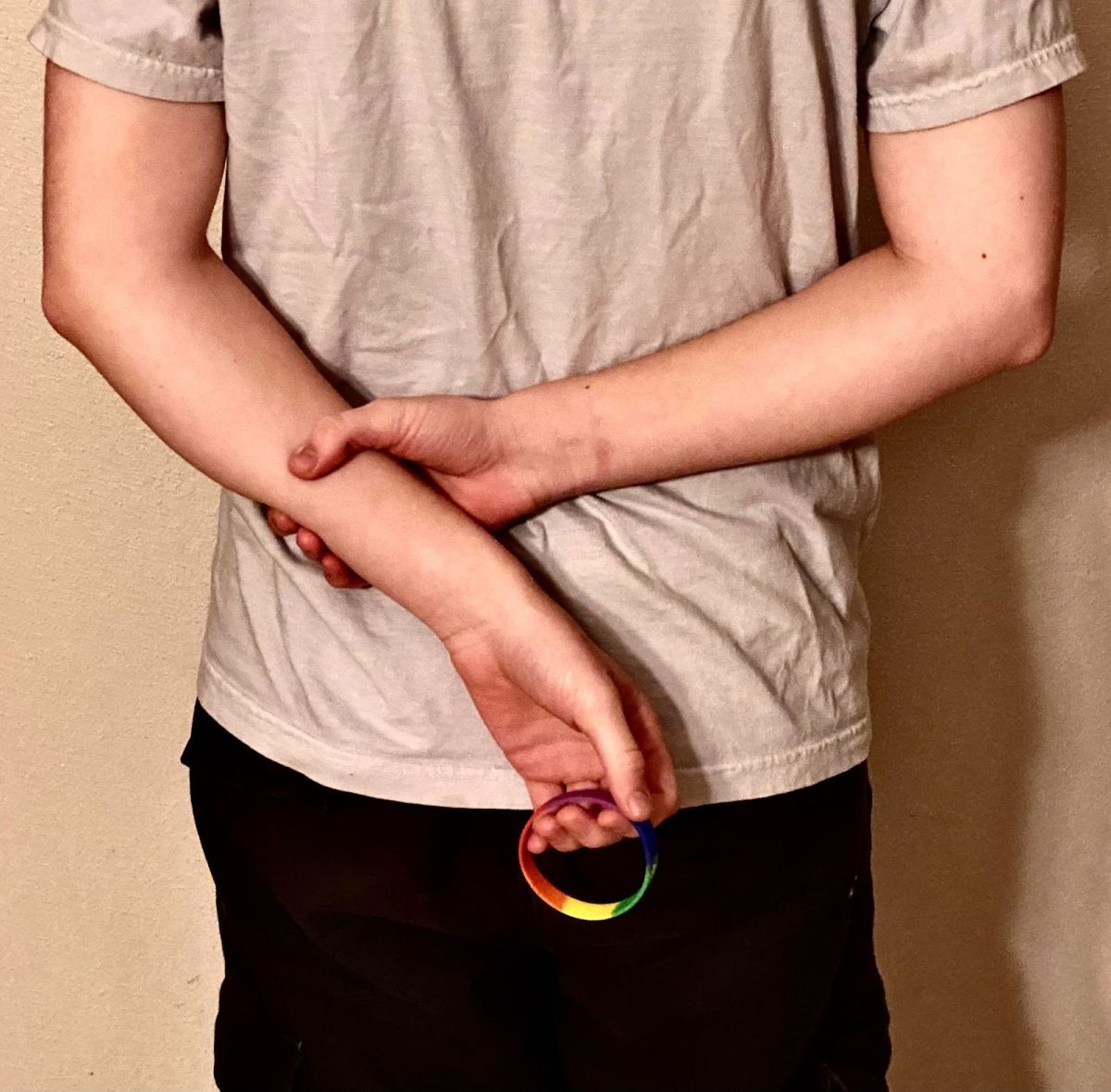Content Warning: This article contains mentions of graphic violence in Gaza and Israel.
In a space controlled by algorithms catered to human behavior, the fast-paced, hyperbolic, easy-to-consume world of misinformation has found its home in the precious fight for users’ attention.
A notification from social media sounds — it’s 7 a.m. — you’ve barely woken up but are moments away from sharing your stance on an international conflict. Two clicks and you’re greeted with: “Yemen declares war on Israel, shows their support for Palestinians.” With another click you skim a post reading, “Gazan Ministry of Education announces end to the academic year as all students killed by Israel.” Click again and watch a video of Hamas lighting on fire and brutally beating an Israeli teenage girl to death.
But your Instagram Explore page lied. Yemen didn’t declare war on Israel, an entire generation of children hasn’t been killed, and the video was filmed eight years ago in Guatemala.
The rise of activism on social media has powered many impactful movements. Notably, the #MeToo campaign — which started on Twitter — brought stories of survivors of sexual harassment, assault, and rape to light. As a result, the movement achieved political progress in passing anti-harassment bills. In 2020, #BlackLivesMatter became one of the biggest hashtags across social media and fueled nationwide protests and demands for police reform.
As the prevalence of activism on social media has grown, users have begun to find their news through activism accounts whose sole purpose is to spread advocacy on sociopolitical issues around the world. However, these accounts were never intended to be news sources; activism accounts have little incentive to fact-check in a culture where shocking posts are rewarded with thousands of likes and reposts. Hasty algorithms coupled with the intention of advocacy — rather than reporting — creates the perfect breeding ground for misinformation. With our eyes turned away from traditional news, misinformed interpretations, repurposed multimedia, and completely fabricated stories have taken over activism in the impetuous world of social media.
A recent slew of misinformation has come into the spotlight in the face of the Israel-Hamas conflict, perhaps most notably in the context of the bombing of Al-Ahli Arab Hospital in Gaza City. While sources are still working to get to the bottom of the story, the bombing brought on conflicting, unverified reports from activism accounts intending to represent Israel or Palestine. In the weeks following, the Houthi, a rebel group in Yemen, shot missiles at Israel, causing many activism accounts to post misinterpretations of news reports and shared posts stating that Yemen had officially declared war on Israel. Following that, a viral miscaptioned video of North Korean leader, Kim Jong Un, blaming President Biden for the Israel-Hamas conflict was reposted and spread like wildfire.
Even accounts that relay accurate, fact-checked information often interpret information in favor of their opinion. Activism accounts weren’t created with the intent to be users’ only news sources. Rather, they started in hopes of encouraging advocacy by making readers feel something, which often galvanizes users to reshare the powerful posts they’re consuming.
Samantha Shaw, an English teacher at Carrboro High School in North Carolina with a background in journalism and media, says, “We are made up of the five things or the five people we spend the most time with. In this day and age, I feel like we should include our social media influencers in those five people because so many of us spend so much time reading or paying attention to them. I feel like as we continue to consume media, we have to pay attention to how much a part of us and our opinions that becomes.” Reading opinions from only one side’s perspective can be dangerous as the media we consume has the power to control our opinions. Shaw poses the question, “How do I, as a critically conscious consumer of media, know that I am not accidentally spreading the wrong information?”
Many asking themselves that very question get attacked for their silence. “We see your silence” has become a common phrase thrown around when someone neglects to share their stance on an issue. This ideology seems to disregard that social media isn’t the only place to share your voice. Just because you’re not engaging in conversations on social media platforms doesn’t mean those conversations aren’t happening outside of the digital world.
Another criticism of how issues are discussed within social media is the tendency for there to be just two perspectives shared, rather than a conversation encompassing varying voices. Often, these perspectives are extremes from either “side,” meaning that no matter what stance users share, it can be a dangerous choice. “If you’re supporting Palestine, then you’re antisemitic … if you’re supporting Israel, then you don’t care about the lives of the Palestinian people,” says Shaw about the drastic sides often taken on social media. “It’s such a more nuanced issue than one or the other, because I can guarantee you, somebody who is supporting Palestine is probably in support of people and lives and living. They’re not going to say [if] you are from Israel, you must be a horrible human being,” Shaw continues.
Despite all the nuances of resharing a post, in many cases, the impact of sharing is minimal. Some have dubbed it slacktivism: people supporting causes with little to no effort and little to no impact. Shaw says, “People post support for Israel or Palestine or condemn Hamas. What does that do for the people who are experiencing these traumatic and terrible things in the world? Probably nothing.” She continues, saying, “I feel like there are probably better ways to offer that support in a more constructive and productive environment.” However, supporters of social media activism argue that the awareness their posts bring has the potential to make an impact, citing their calls for politicians to support or condemn specific things.
The Israel-Hamas conflict brought on another conflict in it and of itself. A digital conflict — between users halfway across the world — powered not by varying morals, but by a mix of algorithms, sources, perspectives, and platforms. Users have become soldiers in digital battles with no real winners. Commanding their efforts are the social media companies weaponizing misinformation to capitalize on our sorrows for the tragedy in the Middle East.


































